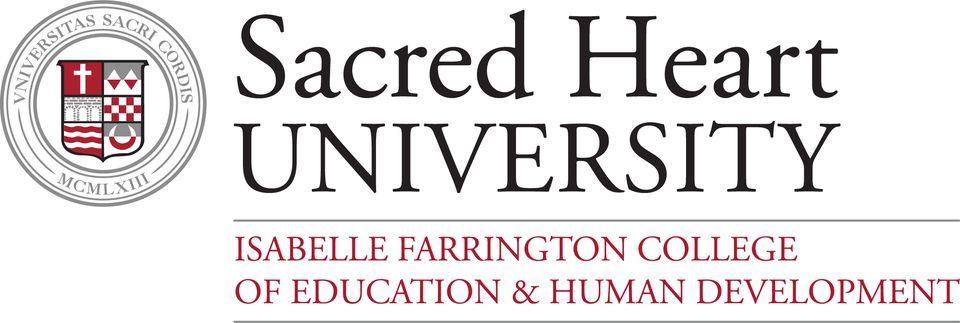Document Type
Book Chapter
Publication Date
2016
Abstract
The field of K–12 online and blended learning is varied and growing. Regardless of whether a student is enrolled in a brick-and-mortar school and taking one or two courses online, or if they are completing all of their education from a cyber school, more and more students are enrolled in online and blended learning opportunities each school year. Over the past decade, there have been successive legislative and regulatory changes in jurisdiction after jurisdiction designed to encourage this growth in K–12 online and blended learning. Many of these changes have been spurred by proponent claims that K–12 online and blended learning will revolutionize education by allowing students to personalize or customize their education, which they also believe provides a more meaningful, higher quality learning experience. However, expansion of K–12 online and blended learning options continues to outpace the availability of useful research on the efficacy of this method. This chapter examines the current state of research into K–12 online and blended learning, and how much of this enthusiasm from proponents and their legislative allies often runs contrary to what is actually known from the existing but limited research base.
Recommended Citation
Barbour, M. K. (2016). Virtual education: Not yet ready for prime time? In W. J. Mathis & T. Trujillo(Eds.), The Test-Based Education Reforms: Lessons from a Failed Agenda (p. 407-429). Charlotte, NC: Information Age Publishing.
Included in
Educational Assessment, Evaluation, and Research Commons, Online and Distance Education Commons



Comments
Chapter posted is the pre-print version. Published in its final version as:
Barbour, M. K. (2016). Virtual education: Not yet ready for prime time? In W. J. Mathis & T. Trujillo (Eds.), The Test-Based Education Reforms: Lessons from a Failed Agenda (p. 407-429). Charlotte, NC: Information Age Publishing.